When most people visit Kiev, they don’t spend their first day at a crematorium.
But I was in Kiev with my friend Nate, comrade in concrete, fellow enthusiast of Soviet-era architecture, and we weren’t about to waste a sunny day on something that was just plain pretty.
No, we wanted to see something strange and splendid. And that’s why we set our sights on Baikove Cemetery and its very strange and very splendid crematorium.
The fact that this crazy concrete crematorium was built at all in the 60’s is remarkable. It was only twenty years after WWII and the Holocaust, and crematoriums– especially crematoriums in Eastern Europe– had ugly connotations.
The architecture of the crematorium might seem purely abstract, but it was actually designed to address those issues. The curving white shells of concrete are intended to feel comforting, to offer a distraction from a mourner’s grief. The structure was also intended not to feel “industrial,” to escape the parallel with the machine-like extermination of European Jews.
It looks like something that slipped out of a sci-fi film, with echoes of the Sydney Opera House. It’s weird.
All of this is irresistible to an enthusiast of strange Eastern European architecture like me, so on we journeyed to the outskirts of Kiev to explore Memory Park. The crematorium is still active and surrounded by a flower-strewn cemetery; we didn’t enter the building itself (because we were clearly not there to mourn) and instead roamed around the perimeter, gawking at the overwhelming strangeness of the place. Eventually we sat under the sun in the cemetery, gazing from a distance at the crematorium.
It’s an unusual choice for a first day in Kiev. But that sort of beauty and bizarre history is exactly why I came to Ukraine in the first place and exactly why I have such an enthusiasm for Brutalism and concrete. Sometimes, that concrete can be poetry.
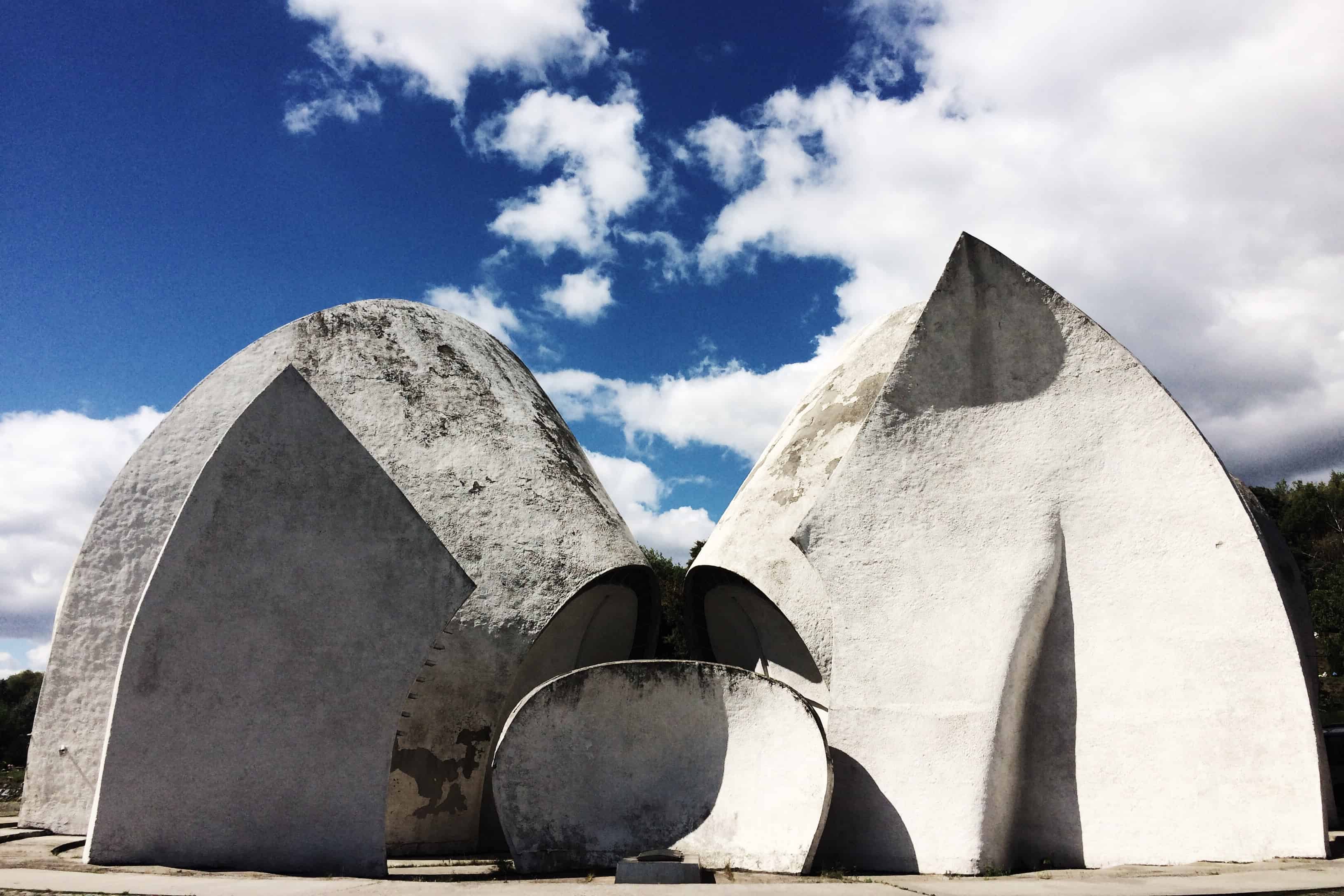
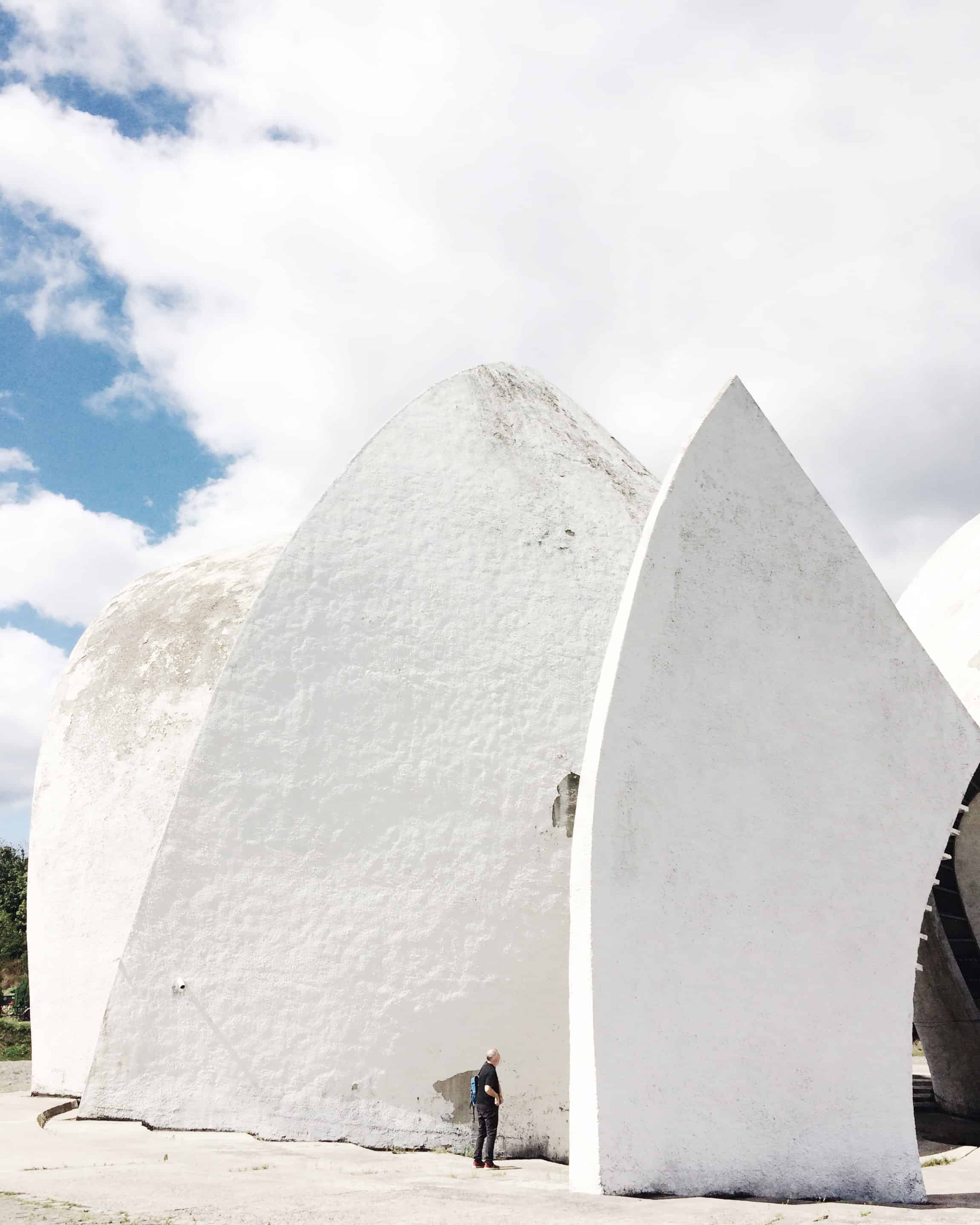
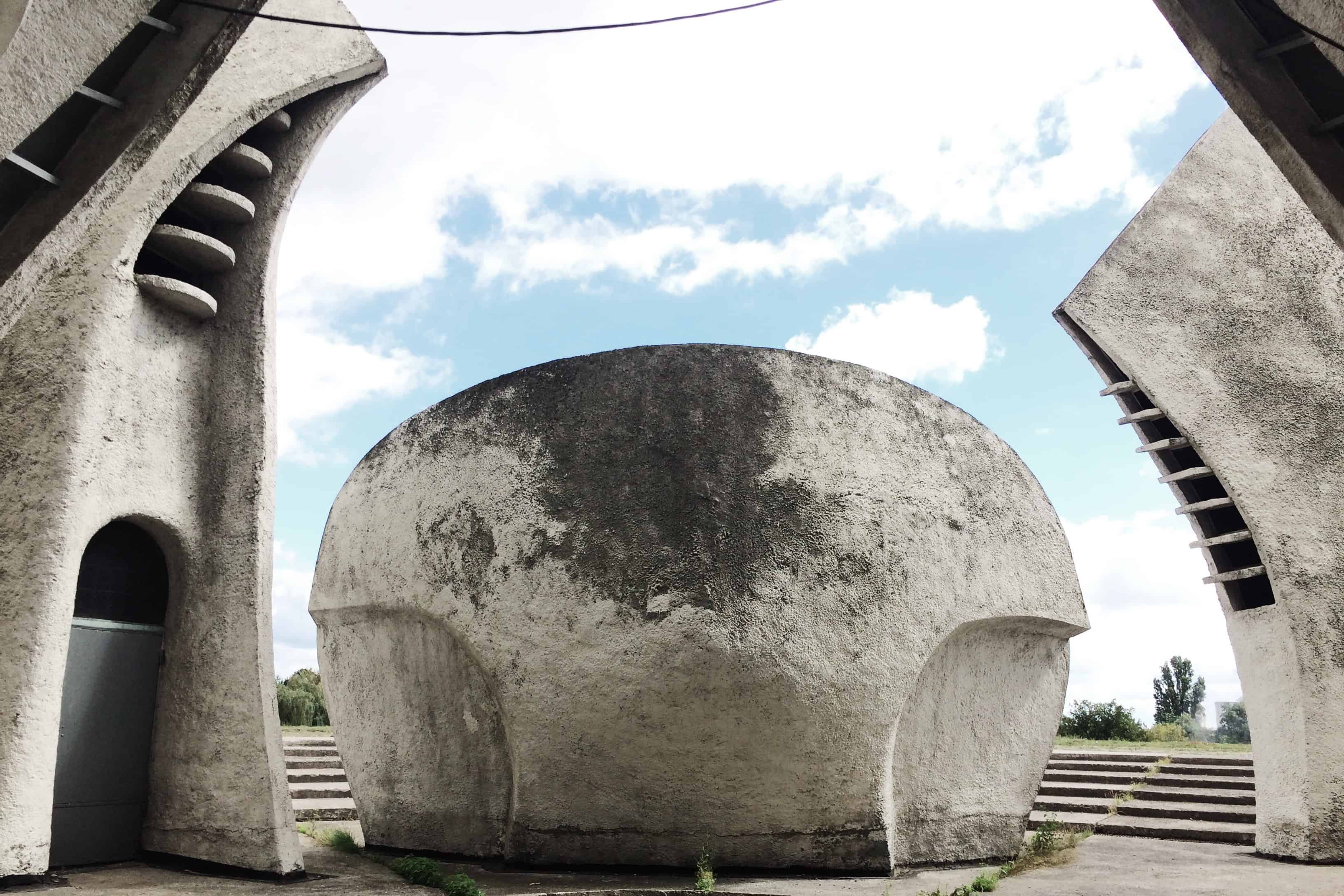
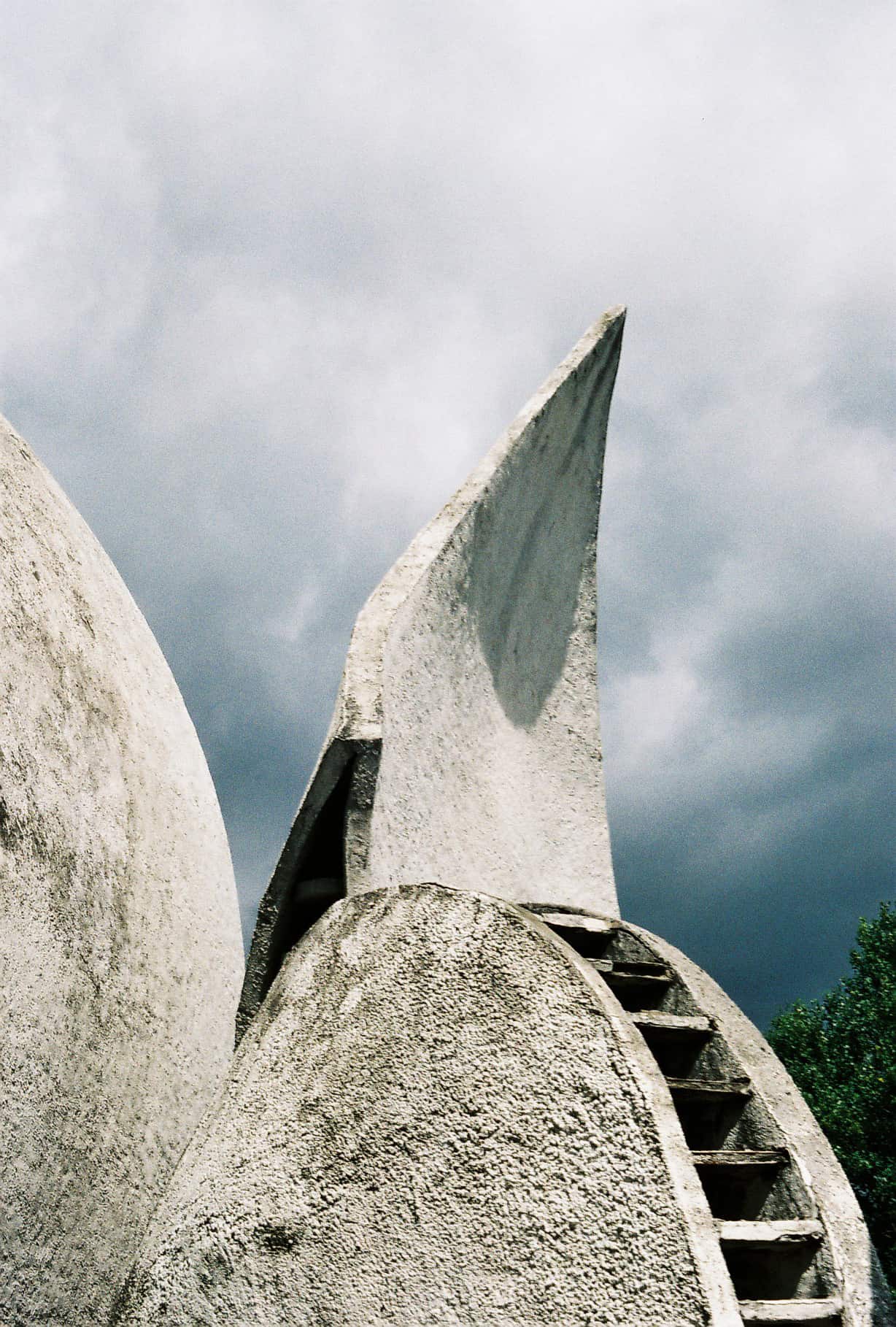
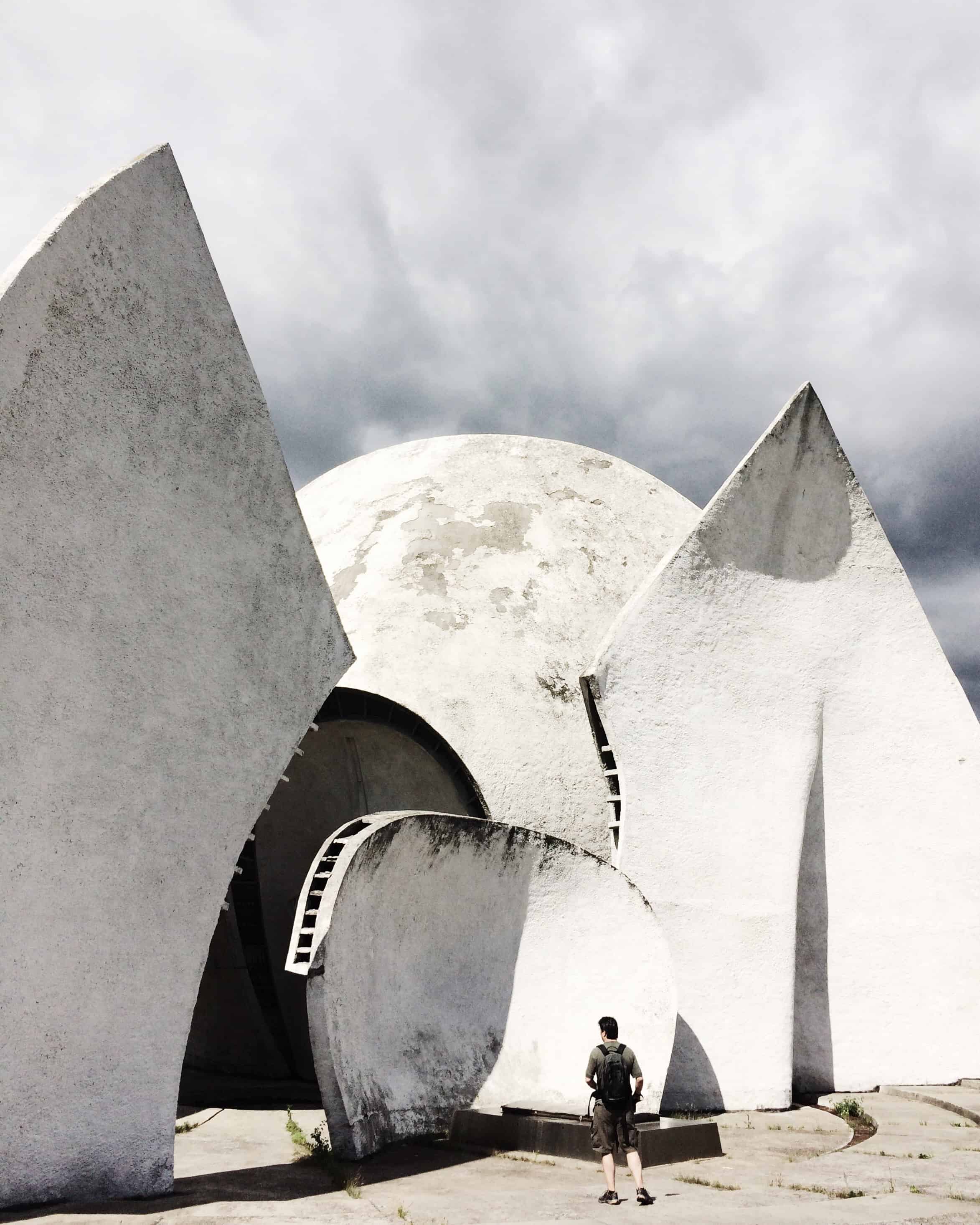
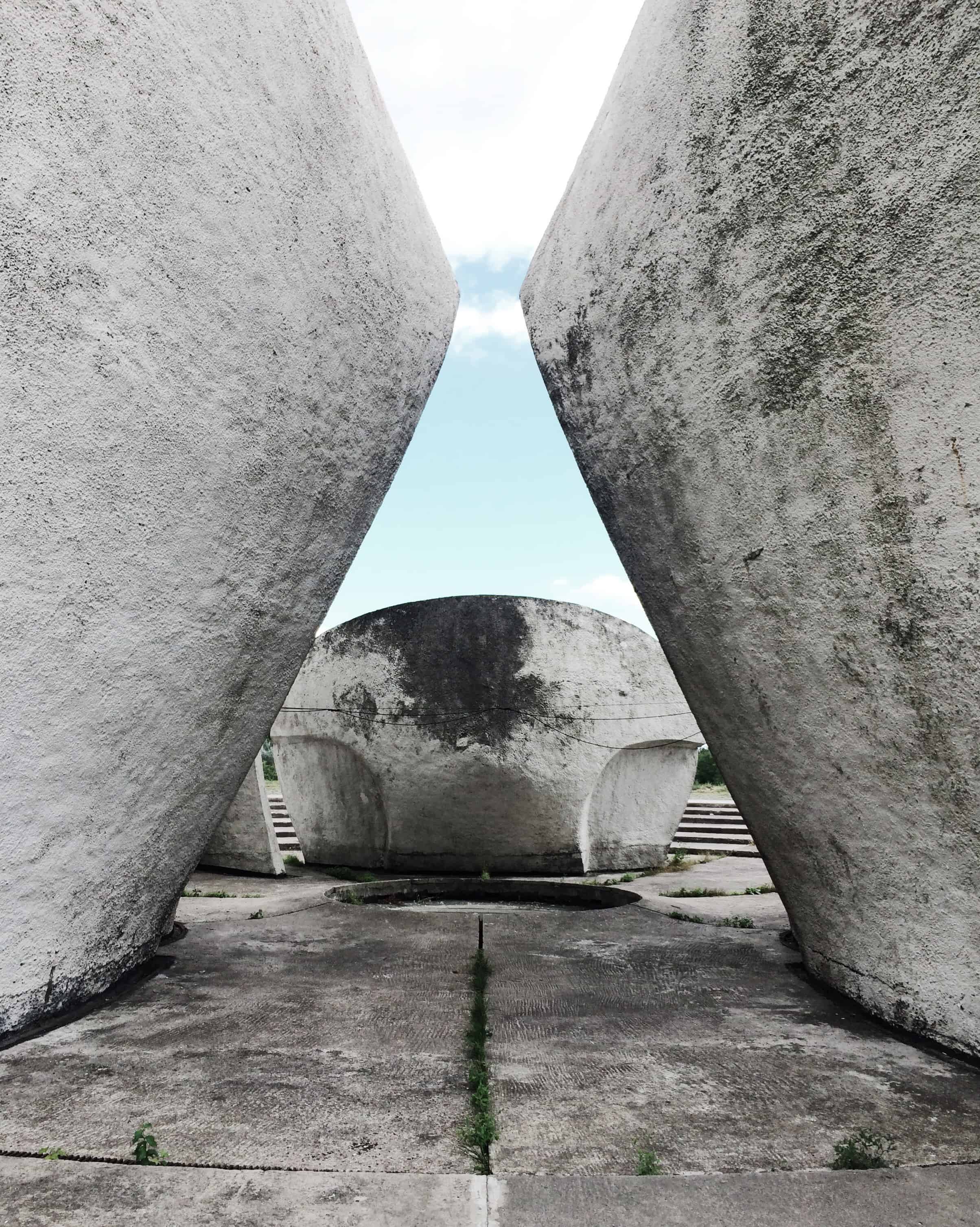
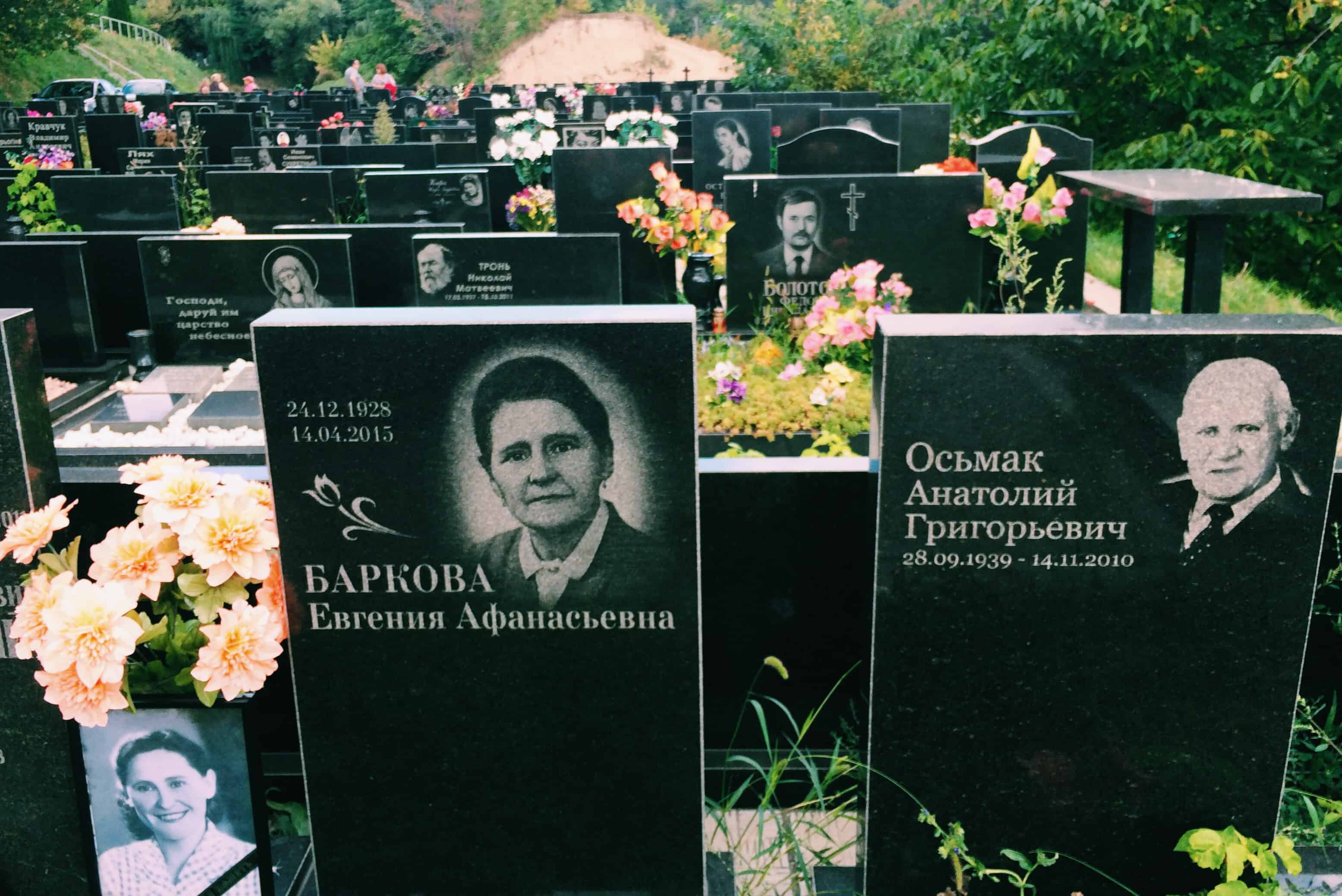
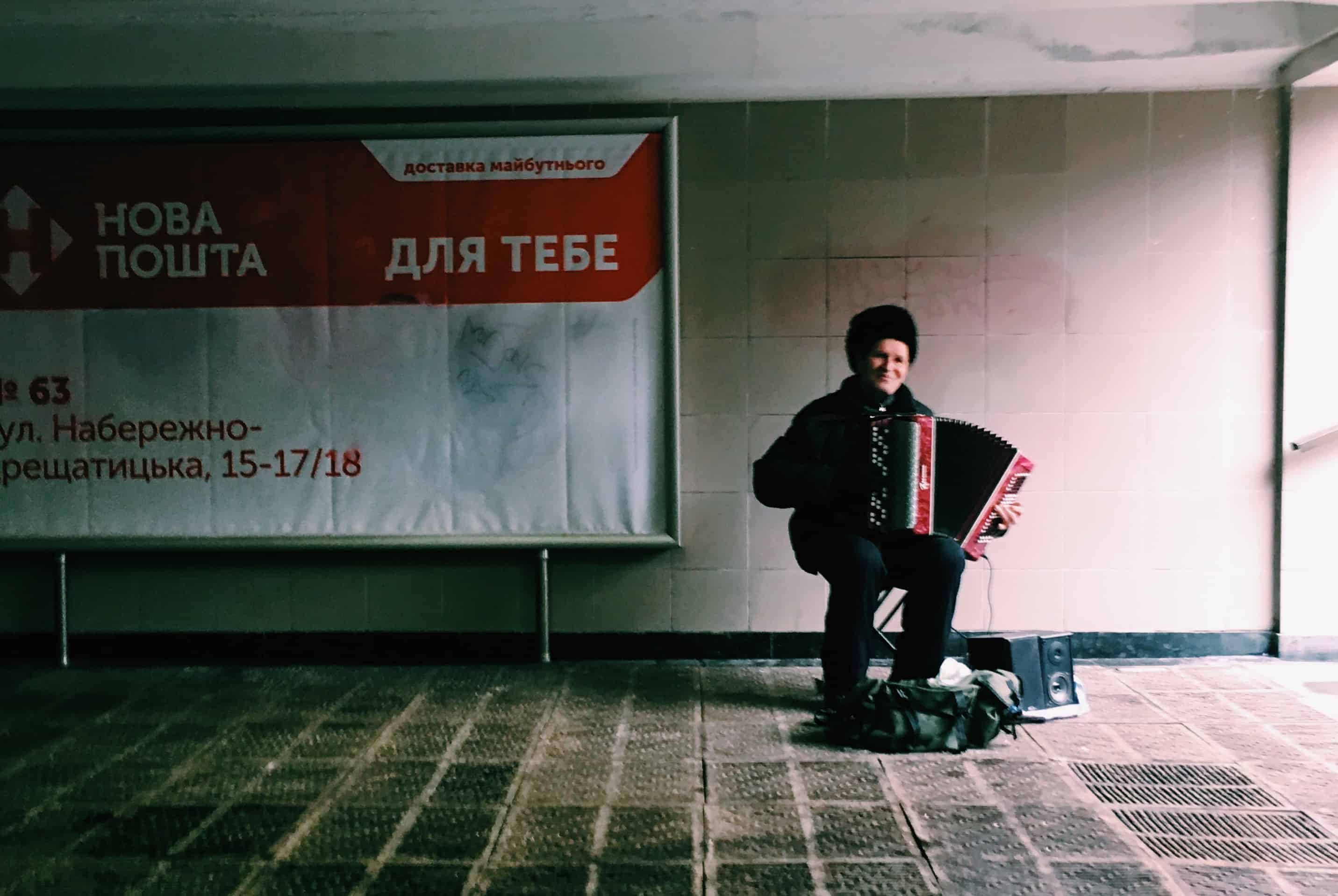

No Comments